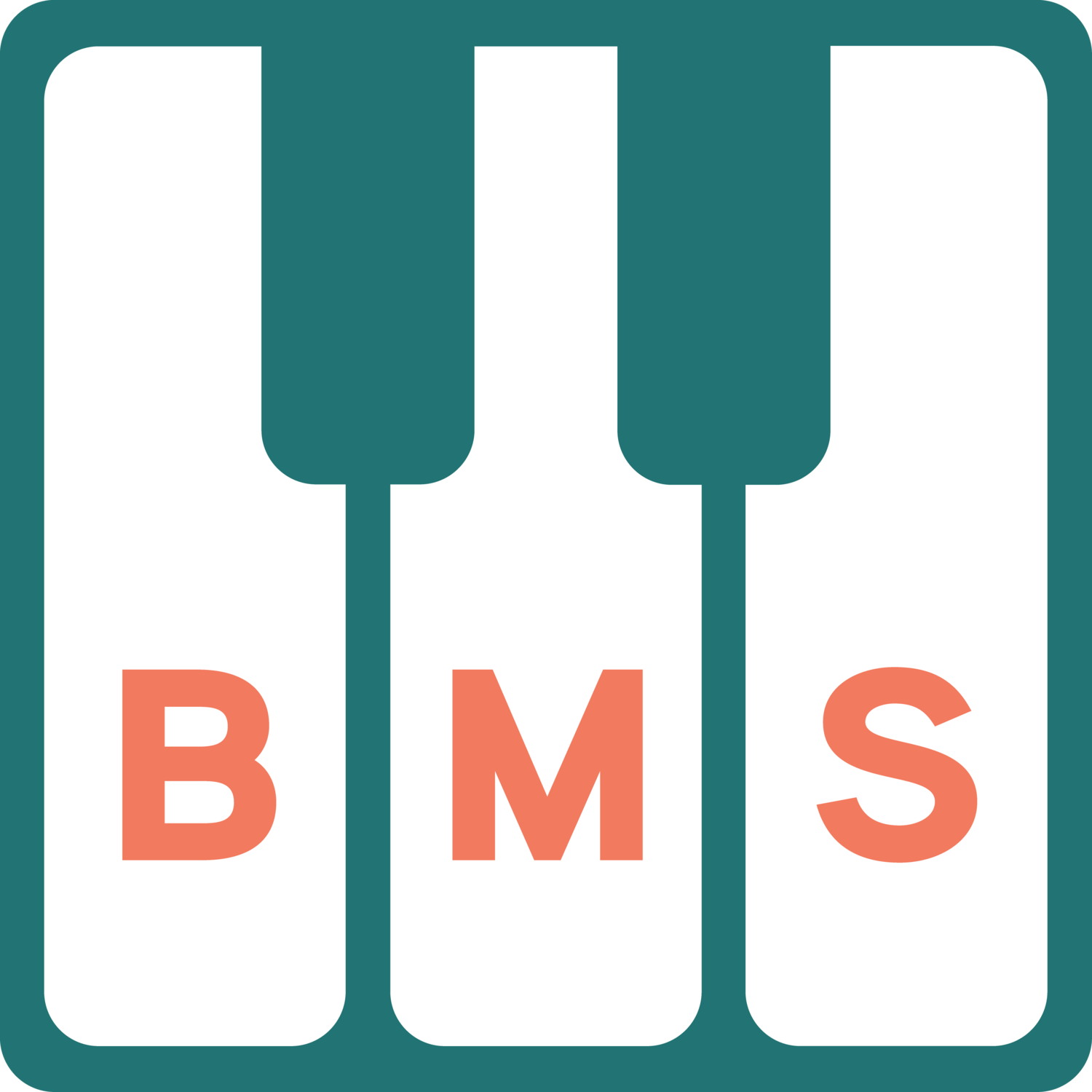Intervals: Part Two
After briefly covering what an interval is, and what it looks like written down, now let’s look at how to identify intervals through hearing the pitches. The most common way of doing this is using a set of interval mnemonics, which I’ll get to in a moment. If you find yourself among the few who have perfect pitch, identifying intervals based on pitches will be a little different for you. Although you will be able to easily identify the names of the two notes, there can be some confusion when it comes to the quality of the interval, or when we start using sharps or flats.
If you have perfect pitch, I could play C and F and you would be able to tell me the names of the notes I played. So counting the distance of the interval is easy. If I play a C and B flat however, it is important you make the distinction with the right enharmonic name for the flat or sharp key. If you identified the B flat as an A sharp instead, you could still correctly call that interval an augmented 6th, but it is generally much easier to call it a minor 7th. With most intervals we deal with major, minor, and perfect intervals. Bringing in augmented and diminished intervals can get confusing if it is not written down. As another example, if you start on A flat to C, if you identify the A flat as a G sharp instead and find yourself stuck trying to figure out the interval between G sharp and C (diminished 4th), try re-labelling the G sharp as an A flat to more easily identify the distance as a major 3rd.
For the rest of us (myself included) who do not have perfect pitch, we can approach hearing intervals a little differently. Of course those with perfect pitch are welcome to use these tools as well! Usually the easiest way is to relate the sound of the interval to the sound we recognize in certain songs (otherwise known as a mnemonic device). Some are easier than others, and some to this day, I still have difficulty thinking of or finding a song that fits. I would love to have as many songs as possible to help so if you know one you don’t see listed, please tell me through email (ray@billialdmusicstudio.com) or comment below!
Intervals ascending
Minor 2nd (Pink Panther, Jaws theme)
Major 2nd (Happy birthday)
Minor 3rd (So long Farewell, Oh Canada)
Major 3rd (Doe a deer)
Perfect 4th (Here comes the bride, Amazing grace, “Perfect” I found a love)
Augmented 4th / Diminished 5th (The Simpsons, Maria from West Side Story)
Perfect 5th (Twinkle Twinkle little star, Star wars theme)
Minor 6th (The entertainer)
Major 6th (My Bonnie lies over the ocean)
Minor 7th (There’s a place for us “Somewhere,” the little lord Jesus)
Major 7th (Somewhere over the rainbow, sing an octave and go down a half step)
Perfect octave (Somewhere over the rainbow)
Intervals descending
Minor 2nd (Jaws, Fur Elise)
Major 2nd (Three blind mice, The first Noel)
Minor 3rd (This old man, Frosty the snowman)
Major 3rd (Three blind mice, hot cross buns, The first Noel)
Perfect 4th (O Come all ye faithful, Joy to the world)
Augmented 4th / Diminished 5th (Jet’s theme from West Side story, sing down a perfect 5th then up a half step)
Perfect 5th (Oh, say can you see, Joy to the world, the)
Minor 6th (On my own from Misty, Joy to the world, the lord)
Major 6th (Music of the night from Phantom, Good night ladies)
Minor 7th (Joy to the world, the lord has)
Major 7th (Sing down an octave then up a half step)
Perfect Octave (There’s No Business like show business, Joy to the world, the lord has come)
Want to train your interval identification? Check out my 12 Days of Intervals to test your knowledge!

DISCLAIMER
I am not a medical doctor. These posts are all anecdotal, based on experiences through my own learning, understanding and teaching. My musical knowledge is based primarily in the Western classical tradition, which by no means defines the only perspective to learn and understand music.

